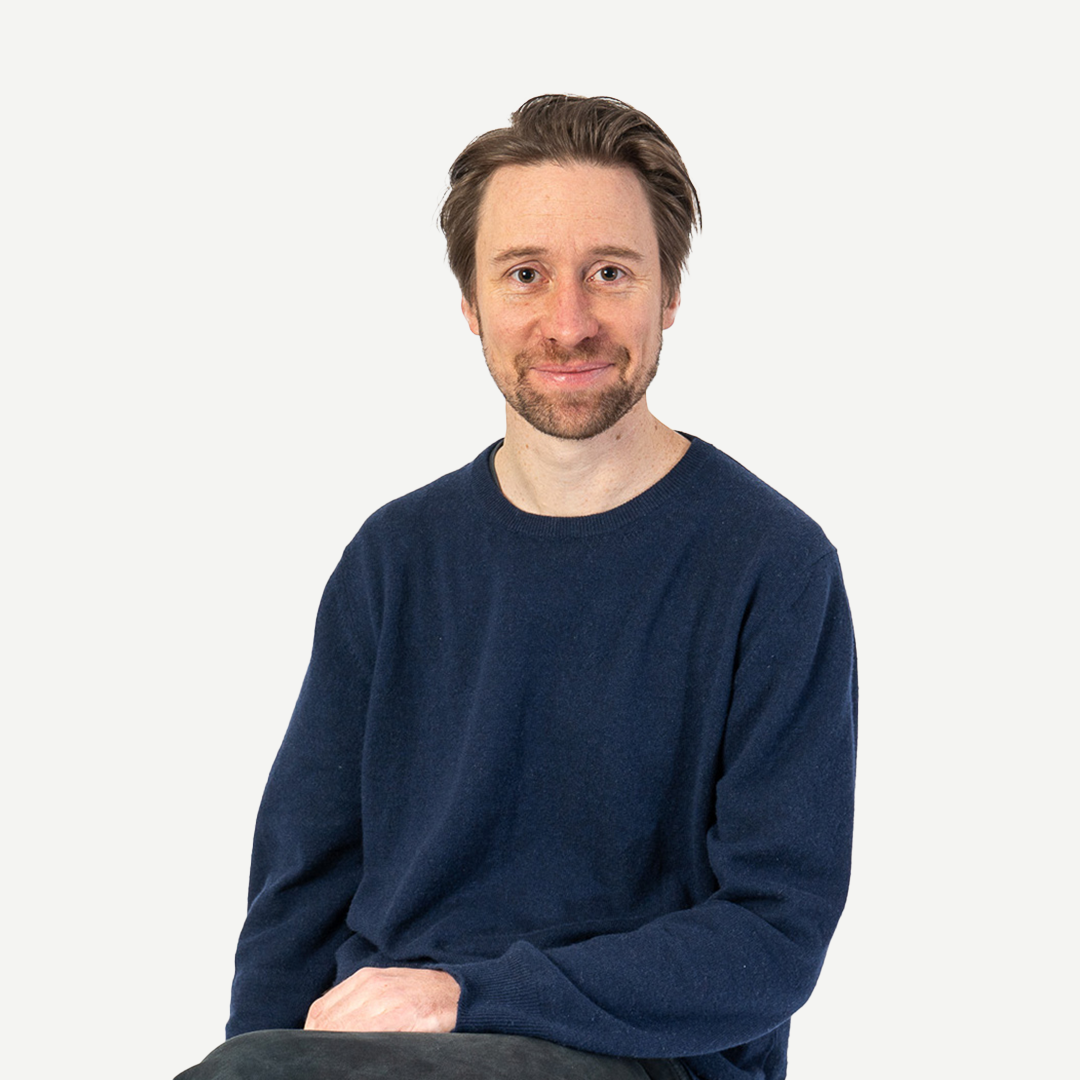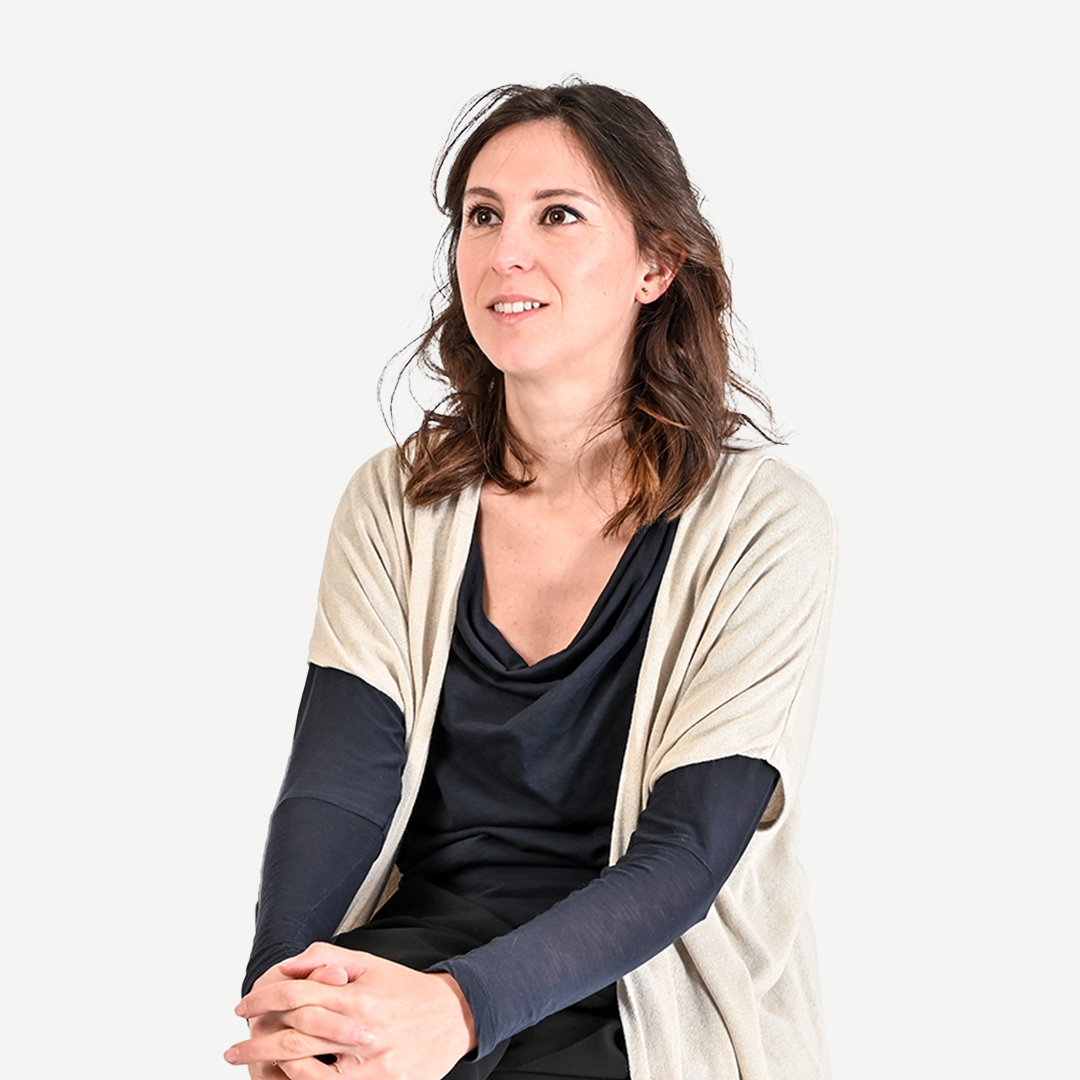Document summary objectives Course
Course:
ISDE/01 Product Design
Year:
2024/2025
Lecturer:
Tobias Nitsche
Assistant:
Paola Amabile
List of topics covered:
The course guides students through a complete design process, from concept to product realization. The focus will be on the design of an industrially producible lighting object. Students will work in groups and address each stage of the design process: market and material research, concept development through sketching and modeling, 3D file creation and prototyping. Special attention will be given to documentation and visual communication of the project in preparation for the two planned presentations (midterm and final).
In parallel, the course will explore experimentation with materials and their technical, mechanical and formal properties. The initial phase will be devoted to research and analysis of the context of use, while the second part will focus on practical experimentation and the creation of study models. The goal is to accompany students toward conscious and innovative design.
Course-specific learning objectives:
Students will acquire the skills to deal with a complete design process, from research to final presentation. They will learn to manage the variables in a brief, balancing production needs, technical constraints, innovation and environmental impact. The course will provide methodological foundations for navigating the constraints imposed by the production context, developing a critical and informed approach to product design.
Mode of teaching delivery:
The course combines theoretical lectures, practical activities and workshops. Examples will be given on how to approach the different stages of the project, from research to documentation. Students will work in groups, with time for discussion and mid-term reviews to monitor the evolution of the project. Learning will be based on an experiential approach, with material experimentation and model building.
Mode of examination/evaluation:
Evaluation will be based on the final result and the entire development process. Criteria will include consistency with the brief, innovation, technical quality of design, critical thinking skills, effectiveness of visual communication, teamwork, organization, and quality of documentation. The examination will consist of an oral presentation of the design results, supported by physical models and technical tables.
Bibliography
- Prouvé, J. (2007).Jean Prouvé. Phaidon.
- Grcic, K. (2006). KGID Konstantin Grcic Industrial Design. Phaidon.
- Rams, D. (2011). Dieter Rams: The Complete Works. Phaidon.
- Sapper, R. (2016). Richard Sapper: Illustrated ed. Corraini.
- Magistretti, V. (2010). Stories of objects. Electa.
- Castiglioni, A. (2018). Master’s voice. Corraini.
- Yanagi, S. (2018). The Beauty of Everyday Things. Penguin.
- Bouroullec, R. (2020). Day After Day. Phaidon.
- Morrison, J. (2015). Perceptions of the Ordinary. Lars Müller.
- Mari, E. (2001). Design and passion. Bollati Boringhieri.
- Antonelli, P., & Tannir, A. (2019). Broken Nature. Electa.
- Brondi, B., & Rainò, M. (2017). NI Residence – Design Dialogues (Diaries). Corraini.
- La Rocca, F. (2016). Design and crime. Franco Angeli.
- Branzi, A. (2018). Design – History and Counter-History. Joints.


